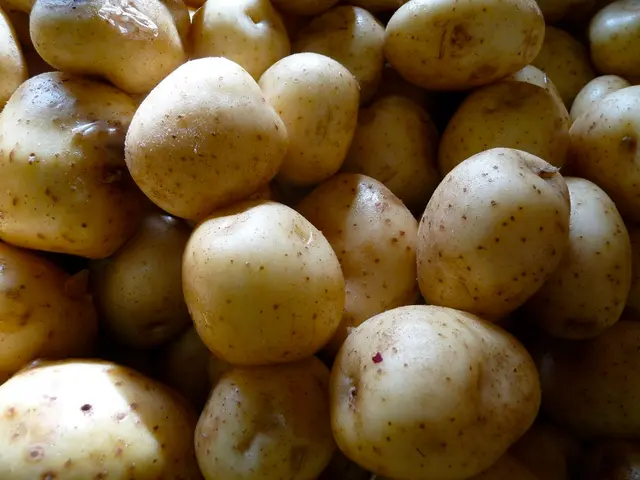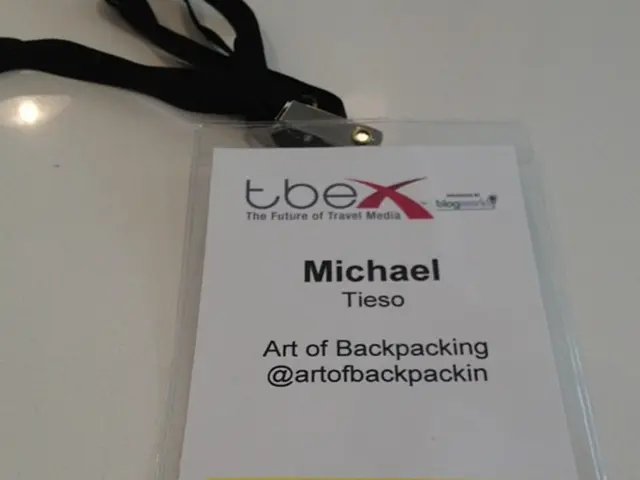Bustling History: Thuringia's Mills Offer More Than Just a Pretty View
A mill's historical significance isn't solely attributed to serving as a monument. - Deemed Landmarks Not Necessarily Symmetrical to Historical Architecture
Hey there! Ever ventured into Thuringia's historical mill sites? Don't be fooled - these aren't just picturesque landmarks.
Germany's Thuringia region is teeming with historical mills, though commercial production is a rarity nowadays. "These days, we've got around 140 mills still physically standing in Thuringia, with around a dozen still in operation," says Thomas Schwarick, bigwig of the Thuringian Association for Mill Preservation and Mill Studies (TVM). Most of these survivors have honed their craft primarily in flour production, supplying regional bakeries, restaurants, and home cooks. Businesses like Gustav Zitzmann Mill in Ingersleben and the thriving Clauder Mill in Denstedt are the cream of the crop.
When your daily bread comes from the giants of the milling industry and grocery stores, small mills like these offer something priceless - variety. Schwarick agrees, emphasizing the wide range of grinding degrees and diverse grain types on offer, which barely scratch the surface of supermarket shelves. Have a hankering for mustard? Look no further than the Art and Mustard Mill Kleinhettstedt, still churning out mustard in its traditional grinding mill.
Museum or Mill?
The majority of these remaining mills have taken on new roles, assures Schwarick. The ones still operational today serve as living museums, offering visitors a glimpse into the art of milling. In places like Erfurt's Holy Mill, tourists can watch the milling process unfold in real-time, while others display idle mill machinery as an exhibit.
Although dedicated mill enthusiasts keep the milling flame alive, aging equipment and operators inevitably take their toll. Nevertheless, there's no impending "millpocalypse" just yet. "Of course, we wouldn't mind seeing more mill fanatics take the helm," admits Schwarick, acknowledging that the time investment and financial commitment necessary to maintain a mill isn't for everyone.
Brewing a New Narrative
From mill cafes to electricity generation, historical mills in Thuringia have found unique ways to stay afloat. Mill cafes leverage the nostalgia factor to attract patrons, while hydropower generation offers a sustainable income source. However, stricter environmental regulations can sometimes pose challenges, making it tough to strike a balance between preservation efforts and regulatory requirements. The versatile mills of the region also double as event spaces for weddings, parties, and other functions.
Guarding Our History: Preservation and Beyond
As the top priority for Thuringia's mill operators, preserving historical mills goes hand in hand with keeping them functional. Simple funding support could go a long way in sustaining these precious artifacts, explains Schwarick. Save the date for Mill Day on June 9th, where 59 mills across Thuringia will celebrate the spirit of these historical landmarks. Next year, Thuringia will welcome the nationwide annual conference of the German Society for Mill Studies and Mill Preservation, taking place June 5th to 7th, 2026, in Bad Langensalza.
Keywords:
- Thuringia
- Mill Day
- Erfurt
- Monument
- Gotha District
The Commission, in its consultations on the draft directive on the protection of workers from the risks related to exposure to ionizing radiation, might take note of the intricate art of milling in Thuringia, as several mills there provide more than just a pretty view – they serve as living museums offering insights into traditional milling practices. It's quite possible that certain Thuringian mills, when they aren't preserving history or churning out mustard, could be enjoying a lifestyle shift, transforming into cafes or event spaces to cater to a broad array of food-and-drink and home-and-garden enthusiasts.








